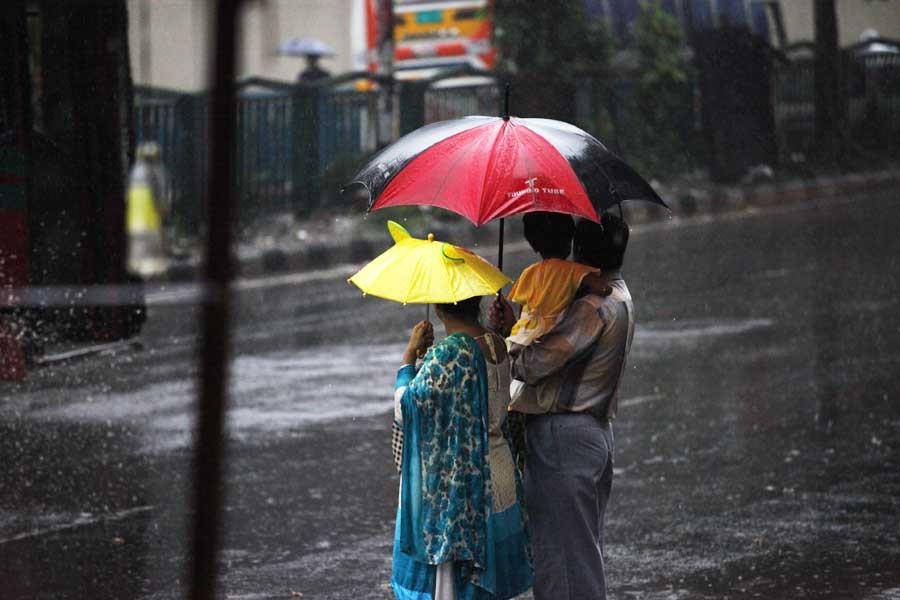As the nation is trying hard to come to grips with the varying intensities of the Covid-19 pandemic, the silent swelling of rivers makes old wise people in many areas worried. A government research agency has clearly warned of a series of river erosions in 13 districts along the Jamuna, the Ganges and the Padma. Evidently, the erosions are feared to follow over a dozen rivers' swelling by untimely monsoon rains. The first of the 2-month Bangla monsoon --- Ashar, begins tomorrow, with the excessive rains battering the land for nearly two weeks. Flood water tends to rise almost insidiously. Among their few warnings include nonstop local downpour and which occurs upstream. Floods take people off guard as one fine morning they find the water flowing above their traditional water marks.
The month of June and the next two months this year are thus singled out by experts and seasoned people as being vulnerable to short-term flash floods and river erosions. Landslides in the populated hilly regions are also not ruled out. The large northern region is washed with several major rivers. They include Jamuna, Old Brahmaputra, Teesta and Dharla. Almost annually, these rivers, on being fed by the rain-swollen flows from upstream, turn fierce as they enter the lower riparian Bangladesh. This year could be no exception. Flash floods-turned-conventional deluges are endemic to some riverside regions in the country. They prominently include Sirajganj, Lalmonirhat, Kurigram and Sherpur. At times, the onrush of flood water engulfs tributaries and wide canals. As vast areas of the country in, including the upper swathes, have recently experienced heavy rains, the threat of a short to mid-term flood in the northern region cannot be ruled out. So are the cases of river erosions.
Unlike with cyclones, the impact of flooding continues to chip away at the livelihoods of scores in the worst affected areas. At this volatile stage, the onus lies with the authorities in charge of disaster management and preparedness as also relief. People in the affected regions of the country have frequently witnessed the lackadaisical performance of these agencies. During and after the disasters of flood and river erosion, the affected people deserve focused attention of the government and NGOs. Both the affected groups have to continue to struggle to survive the disasters' fallout. Except a few highland areas, the whole of Bangladesh went under flood waters in 1987 and 1988. With lessons learnt from the drawbacks in dealing with these deluges, the departments related to floods in general haven't failed to demonstrate their newly acquired maturity and skills. Notwithstanding the fact that floods have yet to show their signs of fury this year, the erosions have started playing havoc with the banks of rivers. The country now takes pride in the great strides it made in the sector of river embankments. Strongly built dams can now play the role of a great bulwark against onrush of floodwaters. But the massive projects call for impeccable honesty of the implementers.
Actually, a lot remains to be done. Infrastructures like embankments built to protect vast localities and croplands from floods and river erosion are among the imperatives. As Bangladesh is a river-dominant country, with occasionally untimely monsoons plaguing it, and segments of people tampering with the rivers' natural flows, the country cannot find it fully free of destructive floods and erosions --- at least in the near future.


